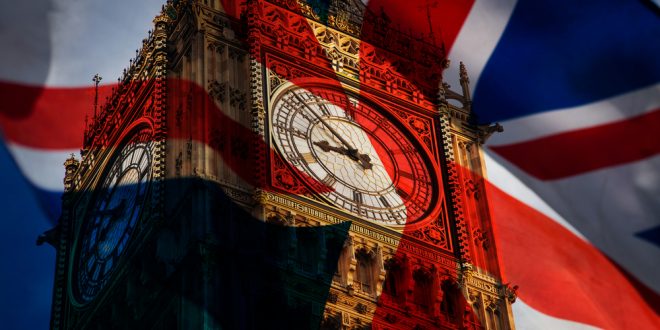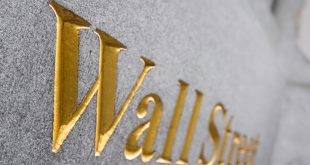British consumer price inflation saw its first increase of the year in July, according to official figures released on Wednesday. However, the rise was more modest than anticipated, as the prices for services—a key focus for the Bank of England (BoE)—increased at a slower pace.
The annual consumer price inflation rate edged up to 2.2%, following two consecutive months at the BoE’s 2% target, as reported by the Office for National Statistics. This was slightly below the 2.3% forecast by economists in a Reuters poll.
In response to the data, the British pound dropped sharply against the U.S. dollar, and financial markets adjusted the likelihood of a quarter-point rate cut by the BoE in September to 47%, up from 36% prior to the release.
Earlier this month, the BoE reduced interest rates from a 16-year high of 5.25%, suggesting that the 2% inflation readings for May and June likely represented the low point for inflation. The central bank had projected that the Consumer Price Index (CPI) would rise to 2.4% in July and peak around 2.75% by year-end, before stabilizing back to 2% in the first half of 2026, as the effects of the steep declines in energy prices in 2023 diminish.
“Today’s data will give the Bank’s Monetary Policy Committee some measure of confidence that domestic price pressures are less likely to derail a sustainable return to the 2% target,” said Martin Sartorius, principal economist at the Confederation of British Industry.
UK inflation had peaked at a 41-year high of 11.1% in October 2022, driven by surging energy and food prices following Russia’s invasion of Ukraine, as well as COVID-19-related labor shortages and supply chain disruptions.
 Noor Trends News, Technical Analysis, Educational Tools and Recommendations
Noor Trends News, Technical Analysis, Educational Tools and Recommendations





